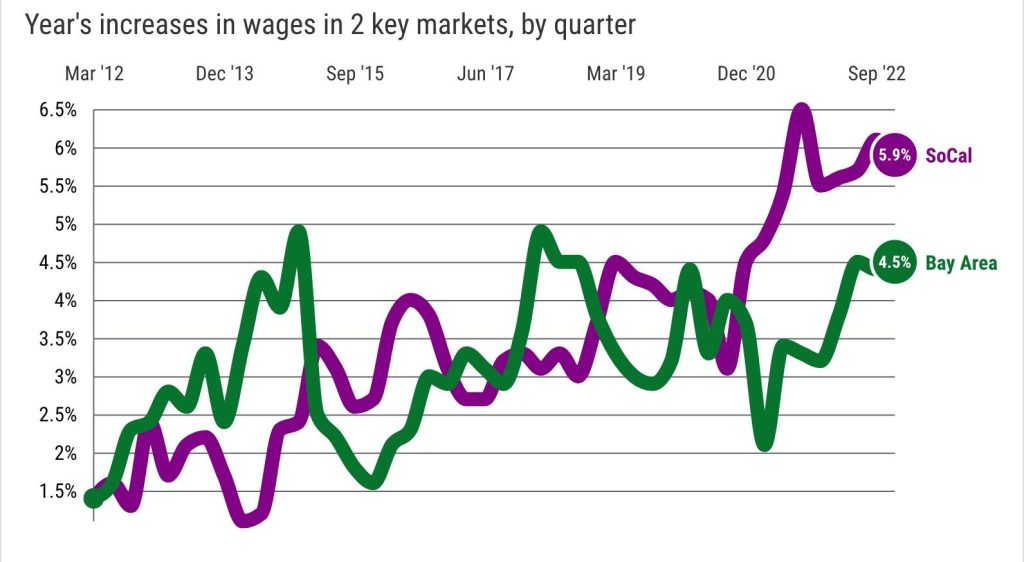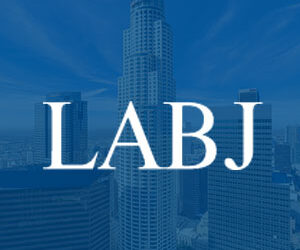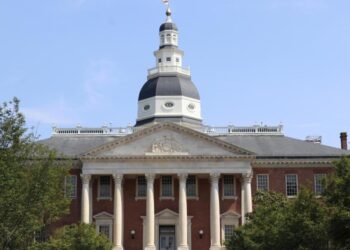The Federal Reserve wants your pay raise.
When Fed chairman Jerome Powell says “the labor market is extraordinarily strong” what he’s really saying is too much good stuff for workers is making a mess of his inflation-cooling efforts.
The nation’s central bank is struggling to dampen the worst bout of inflation in four decades. Some progress has been made in recent months, but one of the Fed’s biggest headaches is that bosses continue to pay up for a limited supply of talent.
Look at pay patterns shown in recent California results from the government’s Employment Cost Index, which tracks what bosses are spending on workers.
Southern California’s wages rose at a 5.9% annual rate in 2022’s fourth quarter vs. averaging 5.7% in its first nine months, 5.6% in 2021, and 3.6% in 2016-2020.
Bay Area pay was up 4.5% in 2022’s final quarter vs. averaging 4% in the first nine months, 3% in 2021, and 3.4% in 2016-2020.
Get back
Pay hikes are a two-pronged problem.
Heavy demand for workers translates to soaring wages. And just like anything else a business pays for, labor expenses get passed along to consumers at the cash register.
Plus, the fattened paychecks put cash in people’s wallets so they can pay for goods and services, keeping consumer demand high. California collected $20 billion in sales tax in the fourth quarter, up 6.5% in a year.
This sort of expansion is why Powell bemoaned steep labor shortages during a question and answer session on Feb. 6. He compared current conditions to the equally robust business climate of pre-pandemic 2018-19 with inflation and raises in the 2% ballpark.
“We all want to get back to that place,” he said.
Who’s the “all” he’s talking about?
Paying up
Let’s have the trusty spreadsheet put the labor imbalance into a California perspective — not that this mismatch is unique to the Golden State.
Last year, California’s job market returned to its pre-pandemic strength. It surpassed 17.7 million…
Read the full article here







